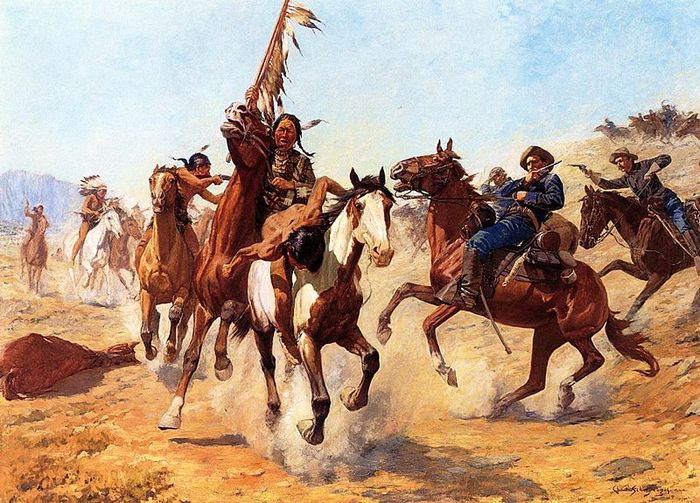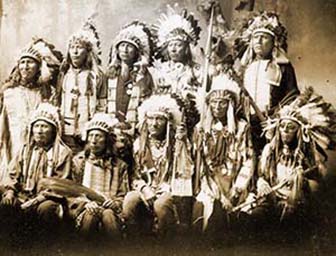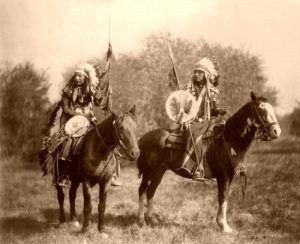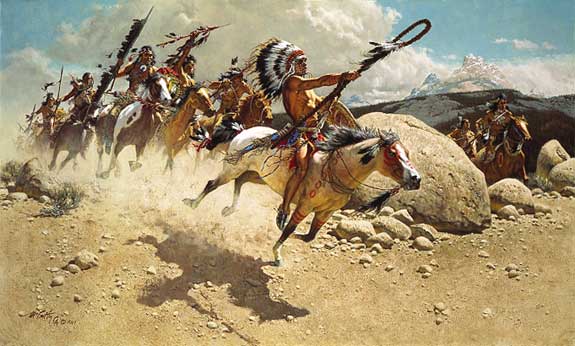The Sioux Indian Wars: Clashes of Westward Expansion and Indigenous Resistance
The westward expansion of the United States brought about significant changes and conflicts with the indigenous tribes who inhabited the newly acquired territories. One of the most notable clashes was between the US government and the Great Sioux Nation, leading to a series of conflicts known as the Sioux Indian Wars.
With the Louisiana Purchase, the United States gained control over vast lands, including those occupied by the Sioux tribes. As American settlers moved westward, conflicts over land and resources became inevitable. The discovery of gold in the Black Hills of South Dakota further intensified tensions, as prospectors flooded into the area, disregarding previous treaties and encroaching on Sioux lands.
The Sioux tribes, particularly the Lakota under the leadership of renowned figures like Sitting Bull and Crazy Horse, fiercely resisted the encroachment of the US government and its military forces. They sought to defend their way of life, their ancestral lands, and their cultural identity.
The Sioux Indian Wars consisted of a series of battles and campaigns, spanning several decades. The most notable conflicts include the Grattan Massacre in 1854, the Fetterman Fight in 1866, and the Battle of Little Bighorn in 1876. The latter, also known as Custer’s Last Stand, saw a decisive victory for the Sioux and their allies, as they successfully repelled an attack led by General George Armstrong Custer.
However, the triumph at Little Bighorn was short-lived. The US government intensified its efforts to suppress Native American resistance, and in 1890, the Wounded Knee Massacre occurred. The US military attacked a group of Sioux, resulting in the deaths of hundreds of men, women, and children. This tragic event marked the end of the major conflicts between the US government and the Sioux tribes.
The Sioux Indian Wars had a profound impact on both the Sioux tribes and the United States. For the Sioux, it resulted in the loss of their ancestral lands, the decline of their traditional way of life, and the forced assimilation into reservations. The United States, on the other hand, achieved its goal of westward expansion, but at a great cost in terms of lives lost and strained relations with Native American tribes.
Today, the legacy of the Sioux Indian Wars remains an important part of American history. It serves as a reminder of the complex and often violent interactions between indigenous peoples and the expanding United States, highlighting the ongoing challenges faced by Native American communities in their efforts to preserve their culture, sovereignty, and land rights.
Hits: 3









